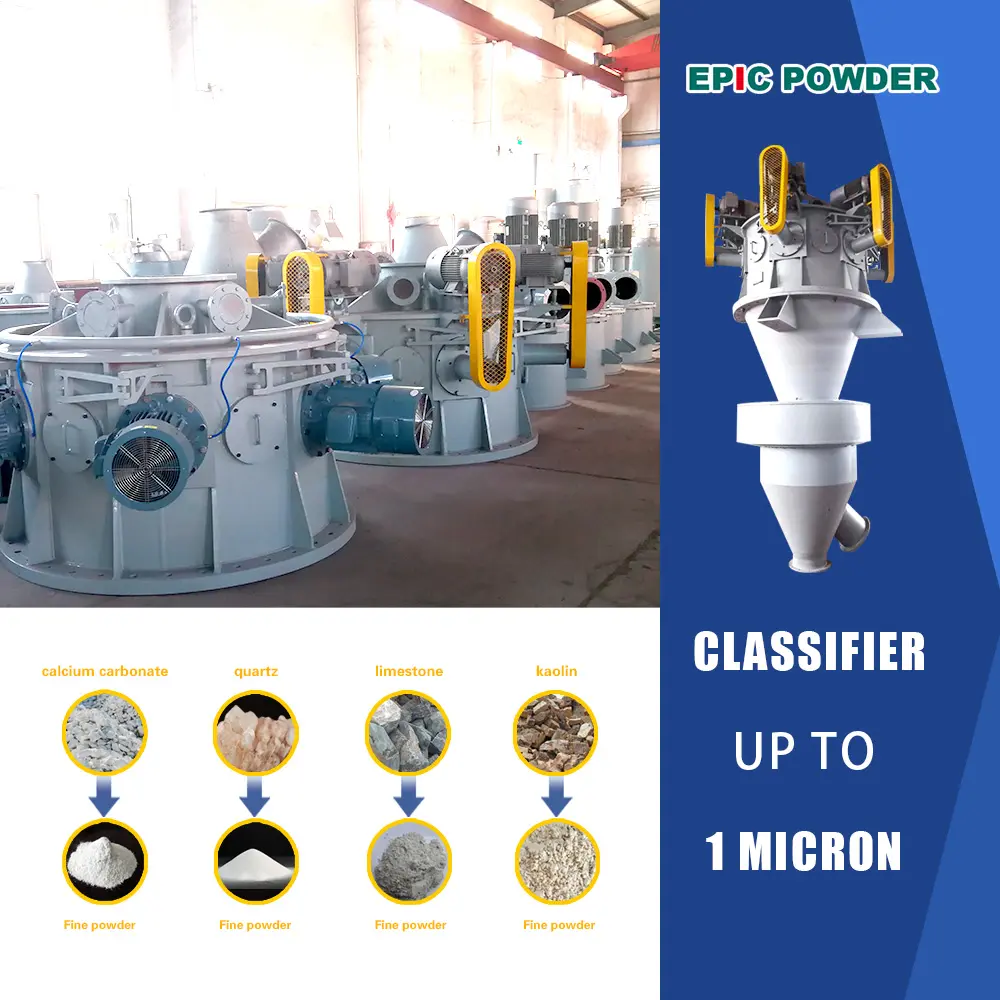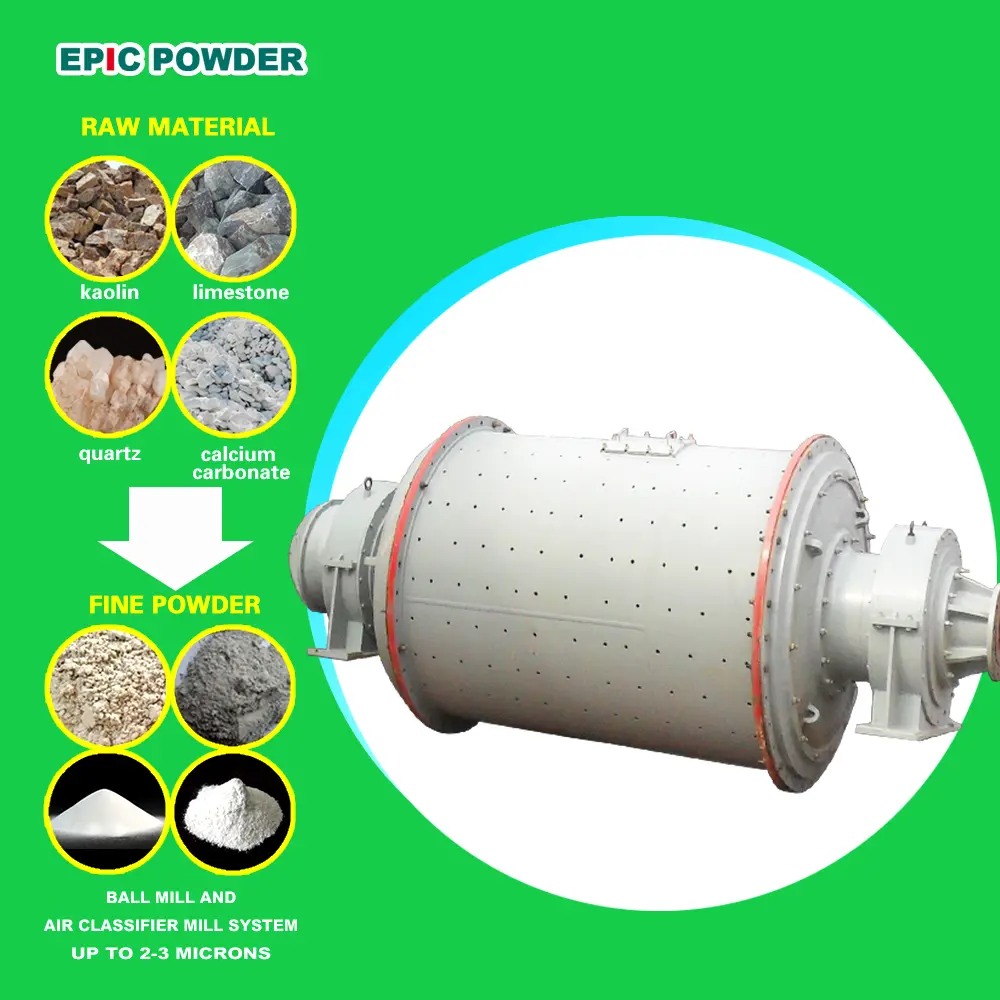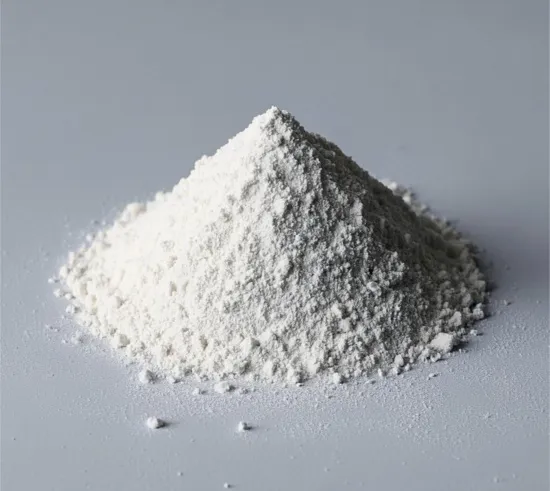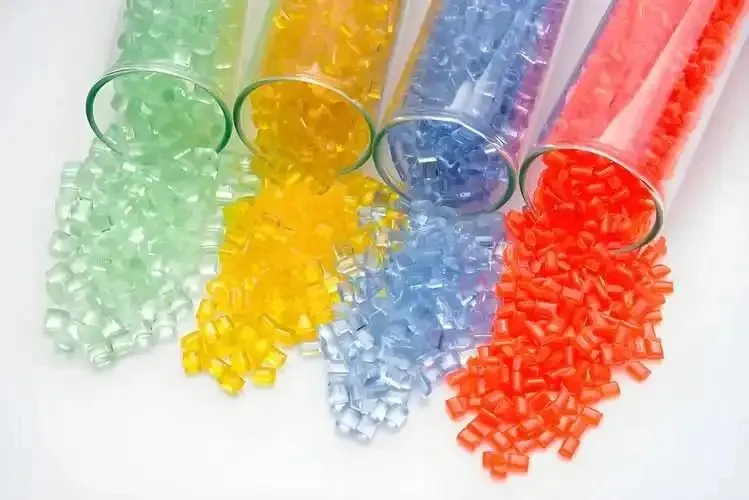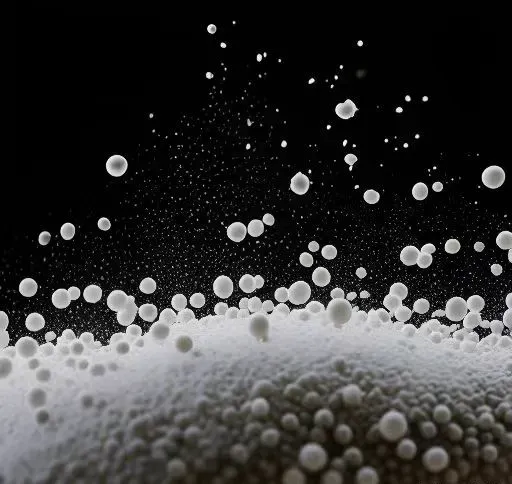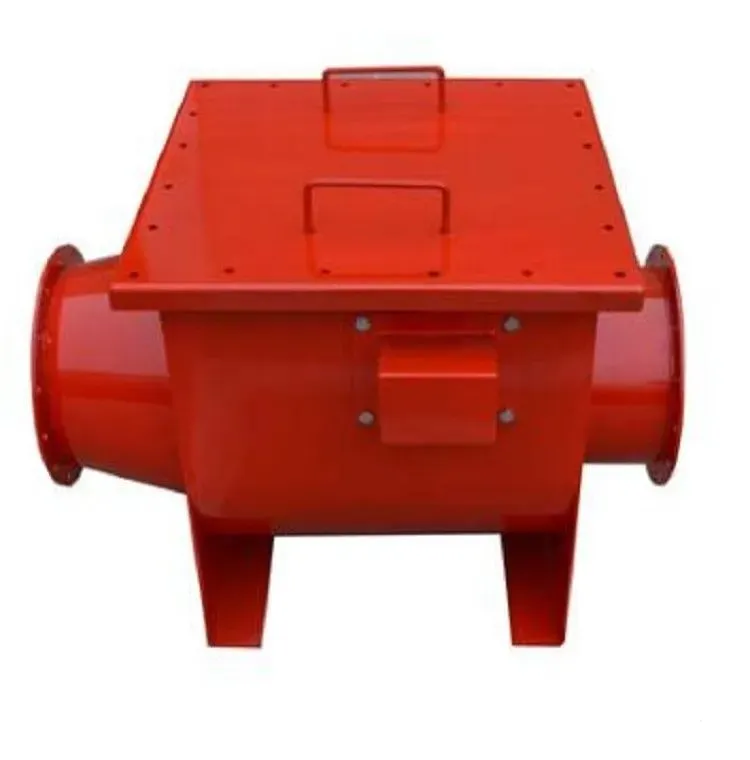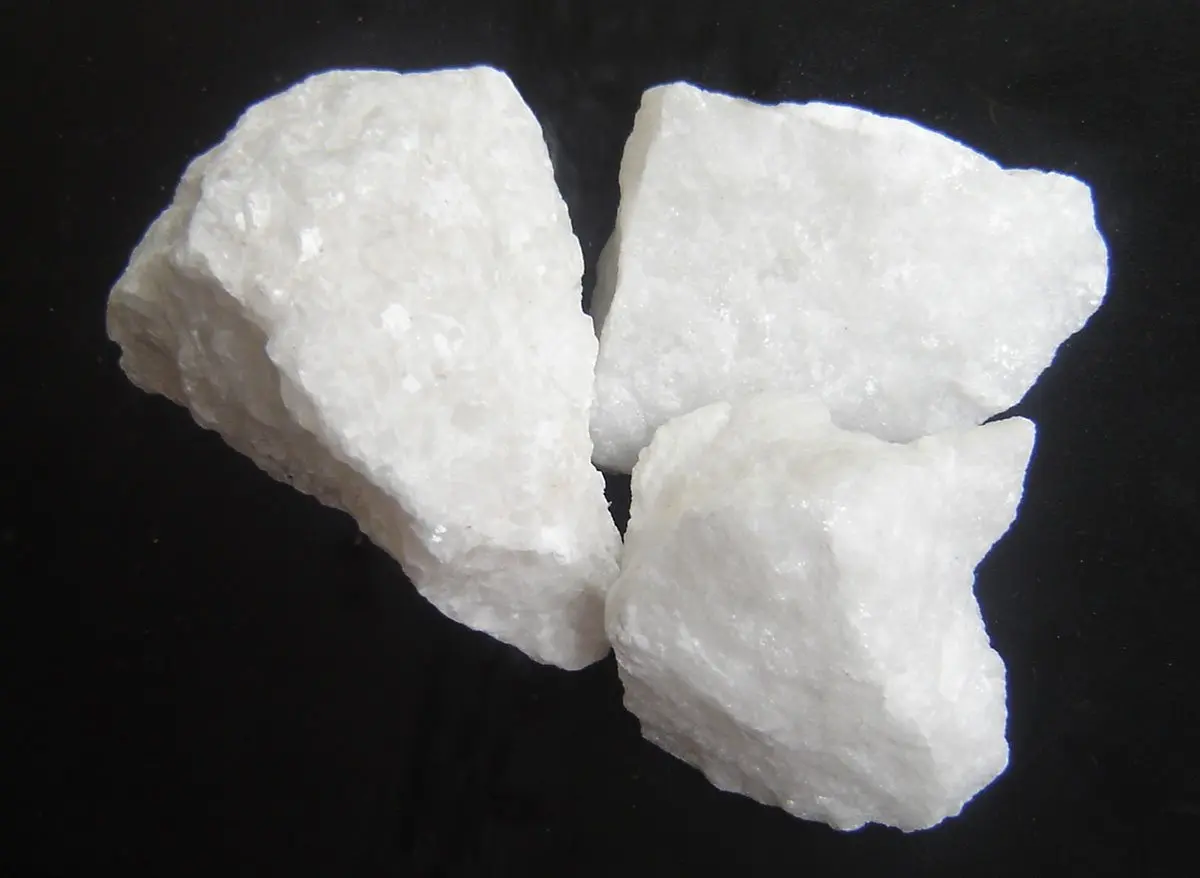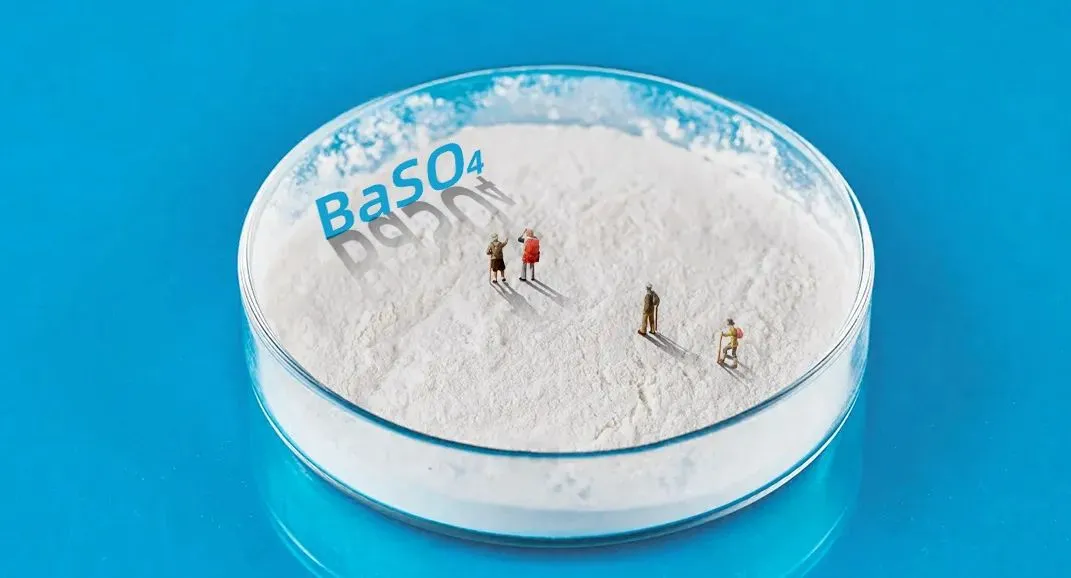Silica is widely used in rubber manufacturing, particularly in tire production. That is due to its favorable physical properties. However, its strong polarity leads to poor compatibility with rubber molecules. This results in challenges with dispersion. Adding a silica dispersant can help improve the processing performance of rubber compounds by enhancing the dispersion of silica.
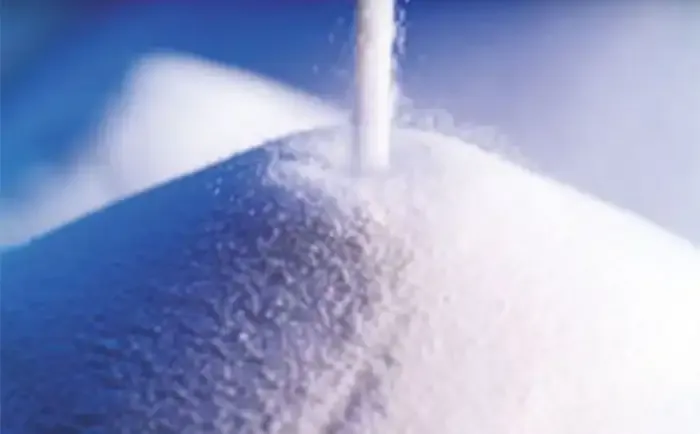
Challenges in Dispersing Silica and Its Impact on Processing Performance
Silica, a term encompassing both anhydrous and hydrated forms of silicon dioxide or silicates, is available in fine or ultrafine powder. It is prized for its properties, such as porosity, heat resistance, and low density. It makes it suitable for industries like rubber, tires, plastics, and inks. In tire production. Silica offers several advantages over carbon black, including reduced heat generation, lower rolling resistance, and improved puncture and wet skid resistance.
Despite these benefits, the extreme polarity of silica limits its compatibility with rubber molecules, making it difficult to disperse evenly within rubber compounds. Poor dispersion of silica negatively affects the processing and performance of rubber products.
To address this, dispersants are often added to enhance the dispersibility of silica in rubber compounds, which in turn improves the overall processing efficiency and performance of the rubber. By using a dispersant, manufacturers can achieve better distribution of silica within the rubber matrix, enhancing the quality and durability of the final product.
Silica Dispersants: Enhancing Silica Processing Performance
Adding silica to tire rubber enhances tire performance. However, as discussed earlier, the strong interactions between silica particles and fillers during processing often lead to dispersion challenges. To address this, dispersants specifically formulated for silica have been developed by manufacturers to improve processing efficiency. These silica dispersants, designed with a deep understanding of silica’s dispersion challenges, have proven effective in industrial applications, earning high customer satisfaction.
Silica dispersants work by reducing filler interactions, promoting the rapid breakdown of silica particles, and lowering the energy required for mixing. This results in faster mixing speeds, reduced power consumption, and lower compound temperatures during processing.
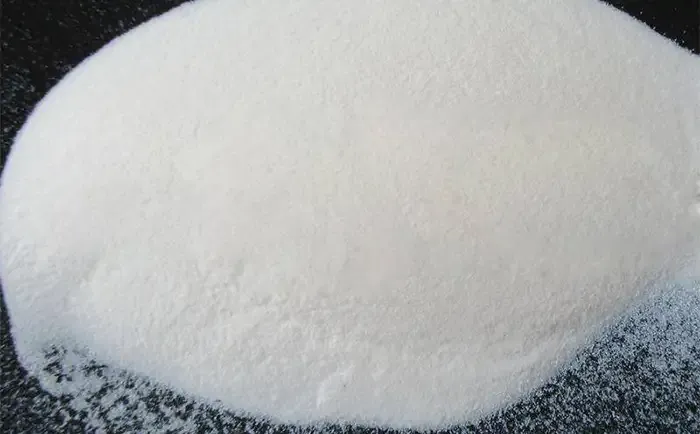
Key benefits of silica dispersants include:
- Enhanced Processing Performance: Improves the workability of silica-filled rubber compounds.
- Expert Solutions: Developed by experienced manufacturers, these dispersants can be tailored to specific environmental conditions.
- Excellent Compatibility: Improves the compatibility between silica (also known as white carbon black) and rubber, enhancing overall compound quality.
- Superior Dispersion: Achieves better distribution of silica and fillers, ensuring stable dispersion and ease of processing.
These features make silica dispersants invaluable in optimizing rubber processing and ensuring high-quality tire performance.

